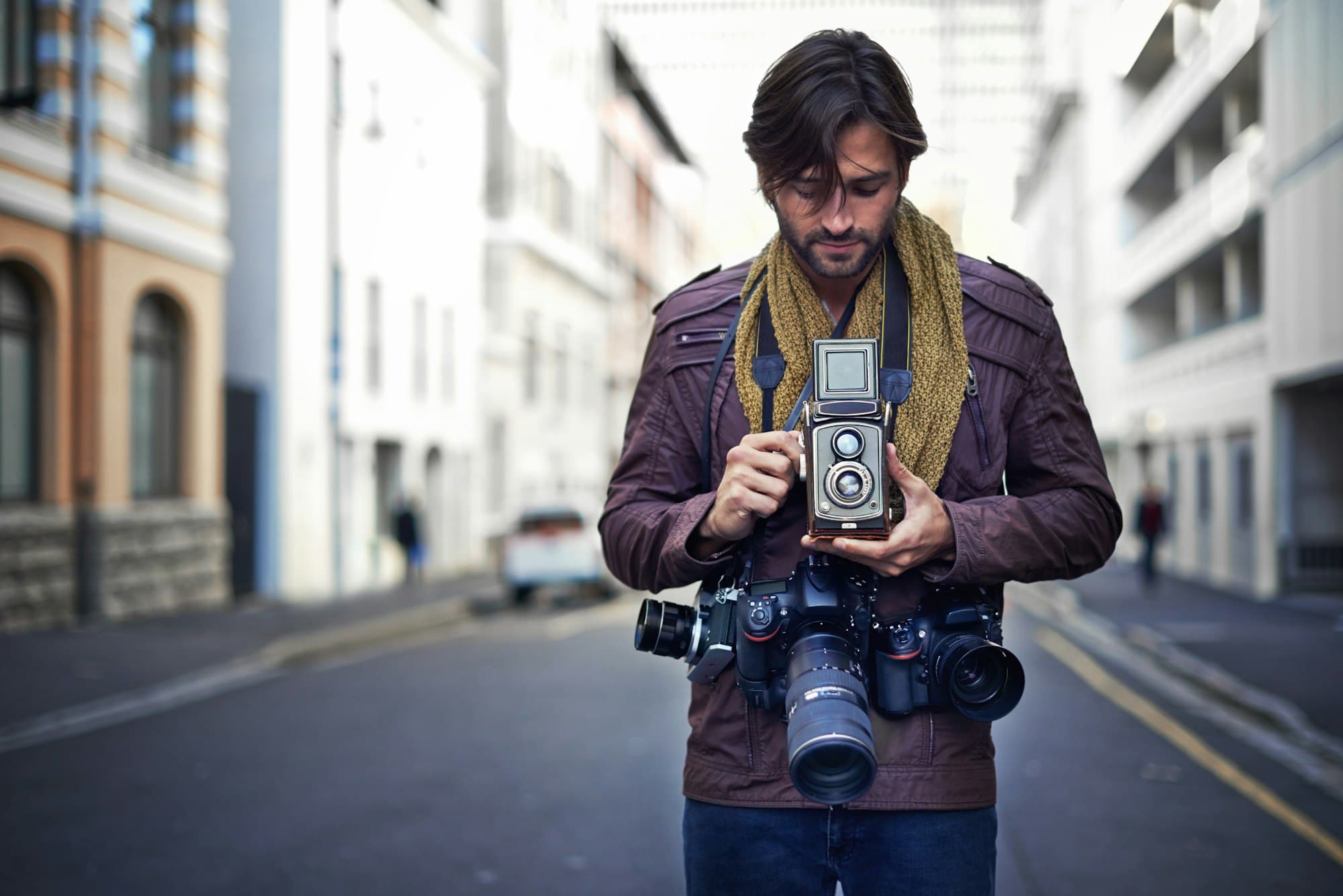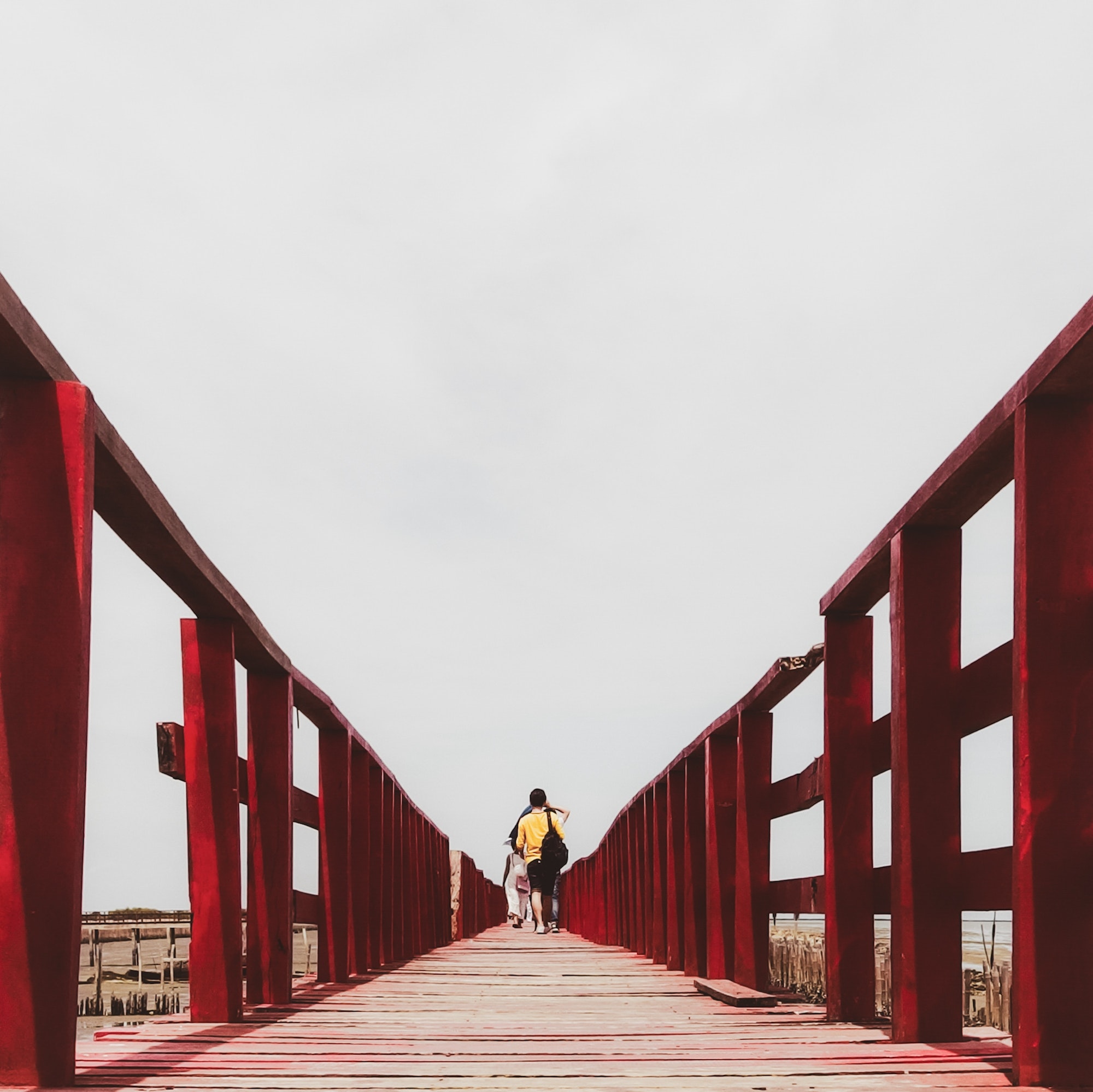
Capturing the Streets: Essential Street Photography Tips for Stunning Shots
Street photography is a unique genre that captures candid moments of everyday life in public places. It’s an art form that requires a keen eye, quick reflexes, and an ability to blend into the surroundings. Whether you’re a novice or an experienced photographer looking to hone your skills, this comprehensive guide offers essential tips to help you master street photography and capture stunning shots.
Introduction to Street Photography
Street photography is all about capturing the human condition and the world around us. It’s a genre that thrives on spontaneity and unpredictability. Unlike other forms of photography that may be staged or carefully planned, street photography is about being in the moment and finding beauty in the ordinary.
Key Aspects of Street Photography:
- Candid Moments: Capturing unposed, natural moments.
- Public Spaces: Focusing on urban environments like streets, markets, parks, and public transit.
- Human Element: Often featuring people, but can also include interesting architecture, signage, and other urban elements.
Essential Gear for Street Photography
You don’t need the latest and most expensive gear to excel in street photography. However, having the right equipment can make a significant difference in your ability to capture great shots.
Camera Choices:
- DSLRs and Mirrorless Cameras: Offer high image quality and flexibility with interchangeable lenses.
- Compact Cameras: Small and discreet, perfect for blending in and capturing candid moments.
- Smartphones: Modern smartphones have excellent cameras and are always with you, making them great for spontaneous shots.
Recommended Lenses:
- Prime Lenses: A 35mm or 50mm lens is ideal for street photography due to its natural field of view and wide aperture.
- Wide-Angle Lenses: Useful for capturing broader scenes and adding context to your shots.
- Zoom Lenses: Provide versatility but can be bulkier and more conspicuous.
Accessories:
- Spare Batteries: Street photography can be unpredictable, so always carry extra batteries.
- Memory Cards: Ensure you have enough storage to avoid missing any shots.
- Comfortable Strap or Bag: A comfortable camera strap or bag will make it easier to carry your gear for extended periods.
Understanding Light and Composition
Light and composition are the backbone of great street photography. Understanding how to use these elements will help you create compelling images.
Natural Light:
- Golden Hour: The hour after sunrise and before sunset offers soft, warm light that’s perfect for street photography.
- Blue Hour: The twilight period after sunset and before sunrise provides a unique, moody atmosphere.
- Harsh Midday Light: While challenging, midday light can create strong contrasts and interesting shadows.
Composition Techniques:
- Rule of Thirds: Divide your frame into a 3x3 grid and place your subject along the grid lines or at the intersections.
- Leading Lines: Use lines (e.g., roads, railings) to guide the viewer’s eye toward your subject.
- Framing: Use elements like windows, doorways, or arches to frame your subject.
- Symmetry and Patterns: Look for symmetrical scenes or repeating patterns to add visual interest.
Capturing Motion:
- Freeze Motion: Use a fast shutter speed to freeze action and capture crisp, clear images.
- Show Motion: Use a slower shutter speed to blur movement, adding a sense of dynamism and energy to your photos.
Mastering the Art of Candid Shots
Candid shots are the essence of street photography. Capturing genuine, unposed moments can be challenging but incredibly rewarding.
Blending In:
- Dress Appropriately: Wear neutral, comfortable clothing that helps you blend into the environment.
- Move Slowly: Avoid sudden movements that can draw attention to yourself.
- Use a Small Camera: Smaller cameras are less intimidating and allow you to be more discreet.
Anticipating Moments:
- Observe: Spend time observing your surroundings before raising your camera. Look for interesting interactions, expressions, and compositions.
- Be Patient: Great moments often take time to unfold. Be patient and ready to capture them when they happen.
- Pre-Focus: Set your focus manually to a specific distance where you expect the action to happen. This technique, known as zone focusing, allows for faster shooting.
Engaging with Subjects:
- Smile and Be Respectful: A friendly smile can go a long way in putting your subjects at ease.
- Ask for Permission: If you feel it’s appropriate, ask for permission before taking someone’s photo. This can lead to more intimate and genuine portraits.
Developing Your Style and Vision
Every street photographer has a unique style and vision. Developing yours will help you stand out and create a cohesive body of work.
Finding Inspiration:
- Study the Masters: Look at the work of renowned street photographers like Henri Cartier-Bresson, Vivian Maier, and Bruce Gilden for inspiration.
- Explore Different Genres: Experiment with different genres of photography to discover what resonates with you.
Consistency:
- Stick to a Theme: Focus on a specific theme or subject matter, such as street portraits, urban landscapes, or street art.
- Edit Consistently: Develop a consistent editing style to create a unified look across your portfolio.
Storytelling:
- Tell a Story: Think about the story you want to tell with your photos. Look for scenes that convey emotions, narratives, or social commentary.
- Sequence Your Photos: When creating a photo series or portfolio, arrange your images in a sequence that enhances the narrative flow.
Legal and Ethical Considerations
Street photography often involves photographing people in public spaces, which raises legal and ethical considerations.
Know the Laws:
- Public Spaces: In many countries, it’s legal to photograph people in public spaces without their consent. However, laws vary by location, so research the regulations in your area.
- Private Property: Always get permission before photographing on private property.
Respect Privacy:
- Be Respectful: Respect the privacy and dignity of your subjects. Avoid taking photos that could embarrass or harm them.
- Seek Permission: If you plan to use the photos for commercial purposes, obtain a model release form from your subjects.
Post-Processing Tips
Editing your street photos can enhance their impact and bring your vision to life.
Basic Adjustments:
- Exposure and Contrast: Adjust the exposure and contrast to achieve the desired brightness and clarity.
- White Balance: Correct the white balance to ensure accurate colors.
- Sharpness and Noise Reduction: Enhance the sharpness and reduce noise to improve image quality.
Advanced Techniques:
- Black and White Conversion: Converting your photos to black and white can add drama and focus attention on shapes and textures.
- Dodging and Burning: Use dodging and burning to selectively lighten or darken areas of your photo, adding depth and emphasis.
- Color Grading: Apply color grading to enhance the mood and tone of your photos.
Maintaining Authenticity:
- Avoid Over-Editing: Keep your edits natural and avoid excessive retouching that can make your photos look unrealistic.
- Preserve the Moment: Edit in a way that preserves the original mood and story of the moment you captured.
To End Things
Street photography is a rewarding and challenging genre that allows you to capture the essence of urban life. By understanding the basics of composition, light, and candid shooting, and by respecting legal and ethical considerations, you can create compelling and authentic street photographs. Remember, practice and persistence are key to mastering street photography. So grab your camera, hit the streets, and start capturing the world around you.
Whether you’re documenting the hustle and bustle of city life or the quiet moments of everyday interactions, street photography offers endless opportunities for creative expression. Use these tips as a foundation to develop your skills and personal style, and you’ll be well on your way to creating stunning street photographs that tell powerful stories. Happy shooting!


